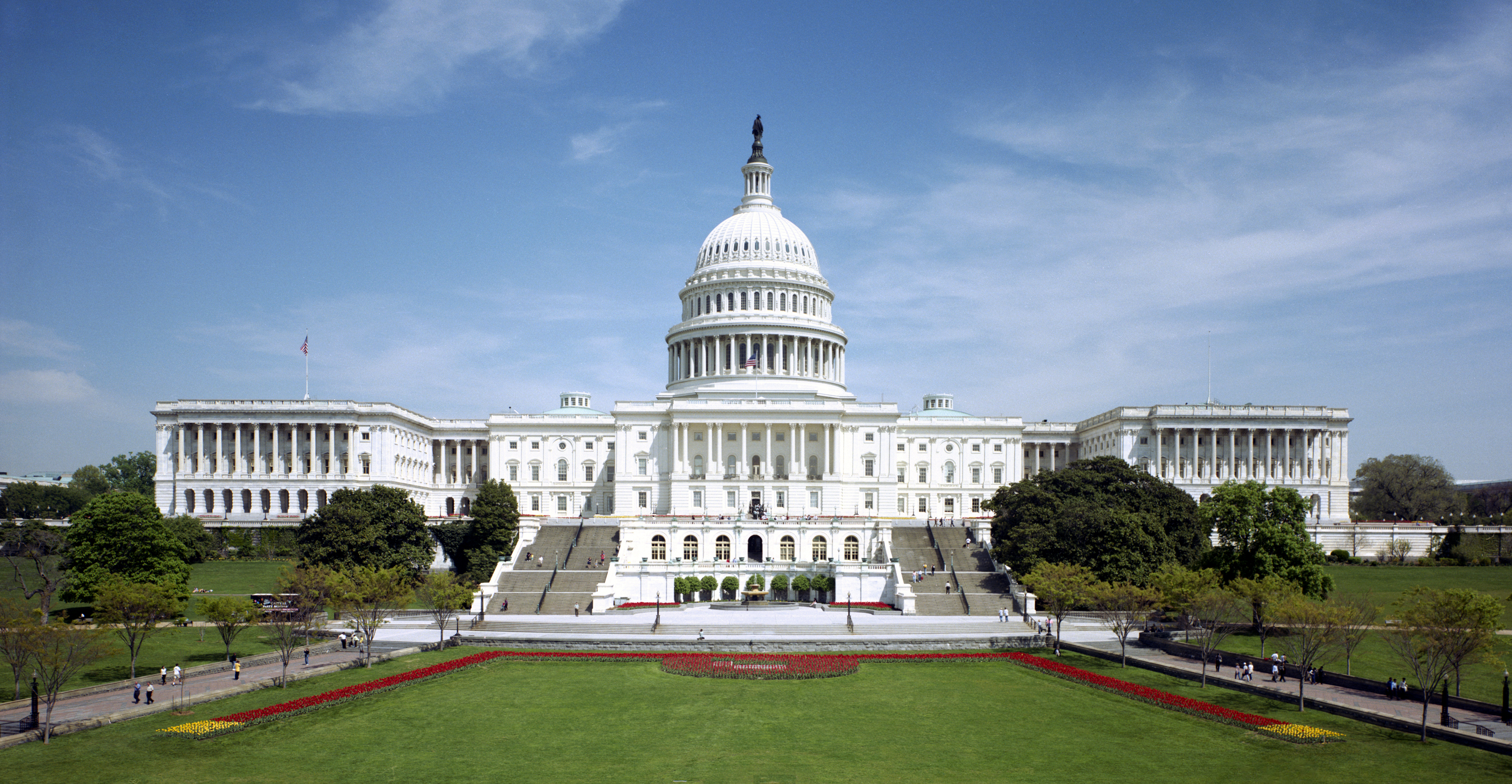| Source: YouTube |
I teach a bit of argumentation in my political theory classes, where I try to drill students in the basic structure of conclusion-premises-evidence, where the conclusion is the point or thesis you're trying to establish, the premises are the steps leading to the conclusion, and the evidence is the set of reasons--including observations, analogies and/or authorities--that the premises and conclusion are to be believed. We practice on articulating arguments from classic and contemporary texts, which I hope promotes respectful attention to the arguments of others, even those with whom we fundamentally disagree. A well-written paper will articulate the argument from the text, then explain specifically where the argument succeeds or fails to convince. You can disagree with someone, see, but still treat them with respect. In fact, such respect makes your counter-argument more powerful as well as making a formula for reaching common ground more likely. A similar logic informs the approach known as Rogerian argument. (Thanks to Jane Nesmith for introducing me to this term.)
Then my students go off into the world, and I'm anxious for them, because I don't know that I haven't prepared them for the world I wish existed instead of the one that really does. Such is the state of contemporary American politics that I feel like I'm training boxers in the Marquess of Queensbury rules when they're headed for street brawls.
I'm certainly no expert on street brawls, and observe contemporary American politics from a safe distance, but here are the approaches to argument that today's winners have in their tool kits. If you insist on traditional methods, you can at least recognize what you're being pummeled by:
- Gaslighting. This all-purpose technique involves redirecting the subject to ground that is stronger for your side, whether or not it was part of the original statement--if necessary make up something they didn't say--or even at all relevant. Creative is good, true is optional as long as it can't quickly be refuted. A good example is Mr. Trump responding to Rep. John Lewis questioning his legitimacy by knocking the poor conditions in Lewis's congressional district. (Conditions are not poor there, but who knew that?) However, the president-elect was foolish to call Lewis "all talk and no action," because Lewis's civil rights bona fides are well-known, so we are inevitably led to investigate what Trump was doing in 1965 when Lewis's skull was being cracked by Alabama state troopers.
- Alternate Facts. Formerly known as truthiness, this phrase was originated by Trump advisor Kellyanne Conway to explain away a bizarre post-inauguration press briefing, and has occasioned sufficient comment that anything I'd add would be superfluous. As the perfect mom in some Disney movie once said, "If you believe it, then it's true." But seriously, what is a "fact," anyway?
- Real-Americanism. Rogers Smith (Civic Ideals: Conflicting Visions of Citizenship in U.S. History, Yale University Press, 1997) considers "ascriptive Americanism" to be a historic characteristic of American political culture. This is ascriptive Americanism on steroids. Meryl Streep shouldn't comment on American politics because she's a Hollywood actress and therefore does not represent real Americans. Colin Kapernick shouldn't comment, even silently, on American politics, because he's a well-paid professional athlete. I shouldn't comment on American politics because I'm a college professor. One of the most beautiful things about America is that it is made up of an amazing variety of individual experiences, but ignore this! People who agree with you are from the real America; people who disagree are "phony."
- Reductionism-ism. Causal Reductionism is attributing things (events, behaviors or other phenomena) to single causes. While simplicity is a virtue in theories, oversimplification can lead to misunderstanding of complex phenomena like poverty, economic growth, crime, or the climate. "Reductionismism" is my term for the belief that phenomena can only have a single cause. For example, if climate change occurred in the 6th century CE, it clearly was not caused by human industrial emissions of carbon dioxide and methane. Therefore, climate change in the 21st century is not caused by human industrial emissions of carbon dioxide and methane.
- You're a Towel-ism. I've named this in honor of Towelie, a character on "South Park." This approach simply involves batting every charge back on the accuser. For example, to the words "Donald Trump plays to racist stereotypes of Mexicans," you would respond "You're a racist."
- Manly-ism (a.k.a. "Calling Wussy"). Have a stock of all-purpose insults available when nothing else springs immediately to your mind. Who can forget Sarah Palin saying someone "got his panties in a wad," even if they can't remember who it was (Chris Christie, in 2012) or why?
Extra points for putting down someone's manhood! Machismo and belligerence are for some reason extra-attractive these days. An Iowa legislator, Rep. Bobby Kaufman of Wilton, called one of his well-considered initiatives the "Suck It Up, Buttercup" bill.
Any of us might fail to show respect in situations of emotional stress, but these techniques are increasingly staples of what we can laughingly call contemporary American political discourse. They don't solve problems, and they don't build community, because they treat the other person as an enemy who should be silenced or destroyed. But, hey, at least you're winning.













